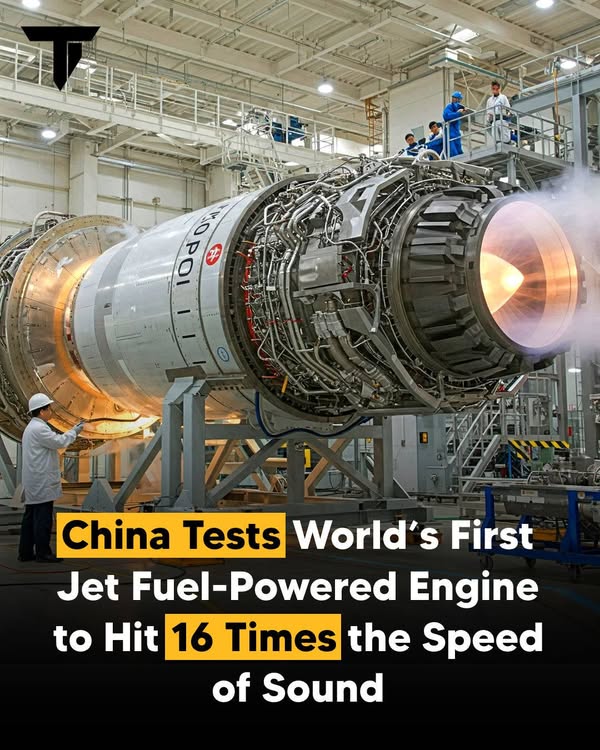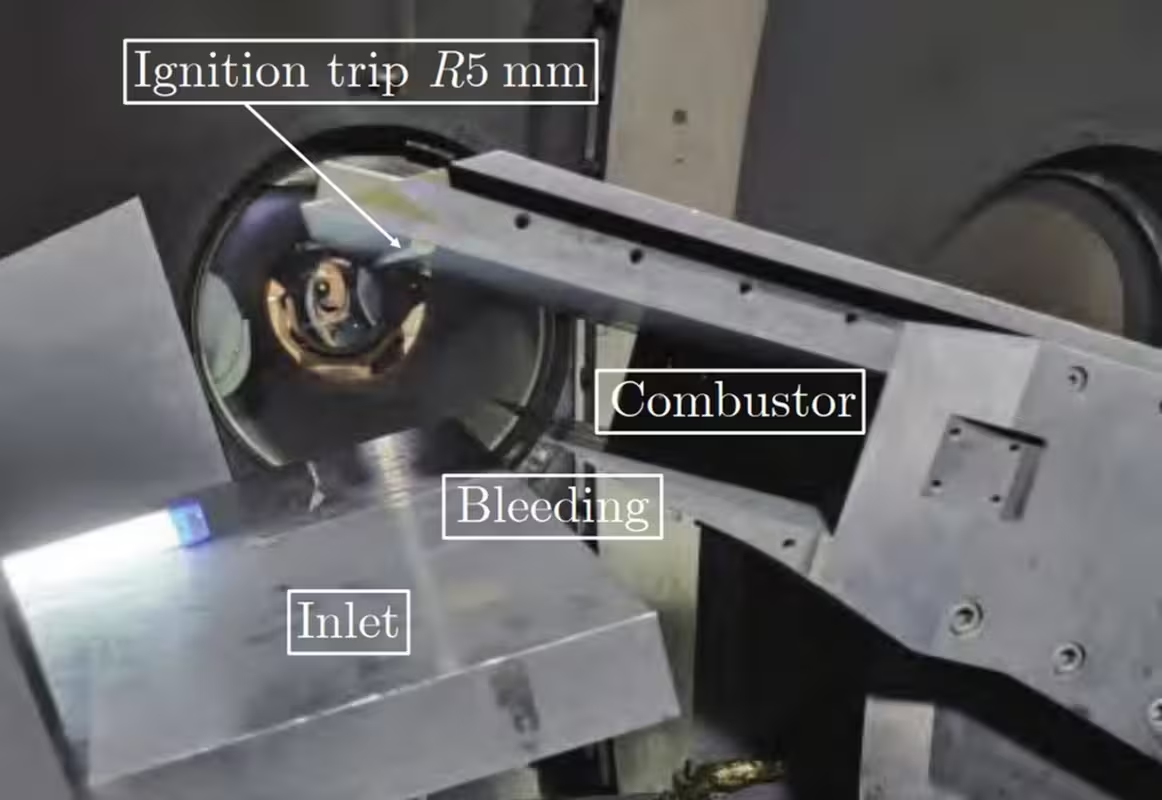Kínai hajtómű fejlesztések
- Téma indítója GrGLy
- Indítva
You are using an out of date browser. It may not display this or other websites correctly.
You should upgrade or use an alternative browser.
You should upgrade or use an alternative browser.
China has announced that its new engine has shown the capability to reach speeds of Mach 16 in tests. The oblique detonation engine (ODE), which runs on common aviation kerosene, achieved this performance during tests at the JF-12 shock tunnel in Beijing.
The results show combustion rates that are 1,000 times faster than traditional scramjets, with an operational range between Mach 6 and Mach 16—where most air-breathing engines fail.
During tests, the engine maintained Mach 9 for about 150 meters (492 feet), limited by the tunnel’s 50-millisecond runtime. Despite this, researchers gathered crucial data on ignition and thrust performance at hypersonic speeds.At peak performance, the engine showed even greater thrust potential. This breakthrough moves China closer to its goal of developing a Mach 16 aircraft by 2030 and advancing its hypersonic military capabilities, including missiles and drones.

The results show combustion rates that are 1,000 times faster than traditional scramjets, with an operational range between Mach 6 and Mach 16—where most air-breathing engines fail.
During tests, the engine maintained Mach 9 for about 150 meters (492 feet), limited by the tunnel’s 50-millisecond runtime. Despite this, researchers gathered crucial data on ignition and thrust performance at hypersonic speeds.At peak performance, the engine showed even greater thrust potential. This breakthrough moves China closer to its goal of developing a Mach 16 aircraft by 2030 and advancing its hypersonic military capabilities, including missiles and drones.

Kár volt linkelni ezt az AI képet mert komolytalanná teszi az egészet..China has announced that its new engine has shown the capability to reach speeds of Mach 16 in tests. The oblique detonation engine (ODE), which runs on common aviation kerosene, achieved this performance during tests at the JF-12 shock tunnel in Beijing.
The results show combustion rates that are 1,000 times faster than traditional scramjets, with an operational range between Mach 6 and Mach 16—where most air-breathing engines fail.
During tests, the engine maintained Mach 9 for about 150 meters (492 feet), limited by the tunnel’s 50-millisecond runtime. Despite this, researchers gathered crucial data on ignition and thrust performance at hypersonic speeds.At peak performance, the engine showed even greater thrust potential. This breakthrough moves China closer to its goal of developing a Mach 16 aircraft by 2030 and advancing its hypersonic military capabilities, including missiles and drones.

Itt a cikk ha valakit érdekel;

Chinese scientists build first jet fuel-powered engine for Mach 16 flight
As the need for speed grows, researchers have developed an engine that uses standard aviation kerosene to travel up to 20,000km/h.
Még bőven teszt fázisban van a cucc, így néz ki;

Experiments in Fluid Mechanics, suggest combustion rates 1,000 times faster than traditional scramjet engines, with operational capability between Mach 6 and Mach 16
köszönöm a korrekciót, mentségemre szolgáljon hogy nem volt időm alaposabban megnézni telefonon,és nem is ástam bele magam a hajtóművek világábaKár volt linkelni ezt az AI képet mert komolytalanná teszi az egészet..
Itt a cikk ha valakit érdekel;

Chinese scientists build first jet fuel-powered engine for Mach 16 flight
As the need for speed grows, researchers have developed an engine that uses standard aviation kerosene to travel up to 20,000km/h.sc.mp
Még bőven teszt fázisban van a cucc, így néz ki;

Experiments in Fluid Mechanics, suggest combustion rates 1,000 times faster than traditional scramjet engines, with operational capability between Mach 6 and Mach 16
 csak érdekes volt a cikk
csak érdekes volt a cikk köszi mégegyszer !

Thesis is for design of inward turning inlet for sustained supercruise at Mach1.8 and above It may actually have BLS, discussed earlier here
Assuming J50 has no DSI (no visible bump so far), one of the possibilities is Boundary Layer suction (BLS) to control airflowBLS uses Holes to pull the slow-moving air from the boundary layer thereby vastly improving fuel efficiency, reduces drag (>20%), better lift at high AoA
